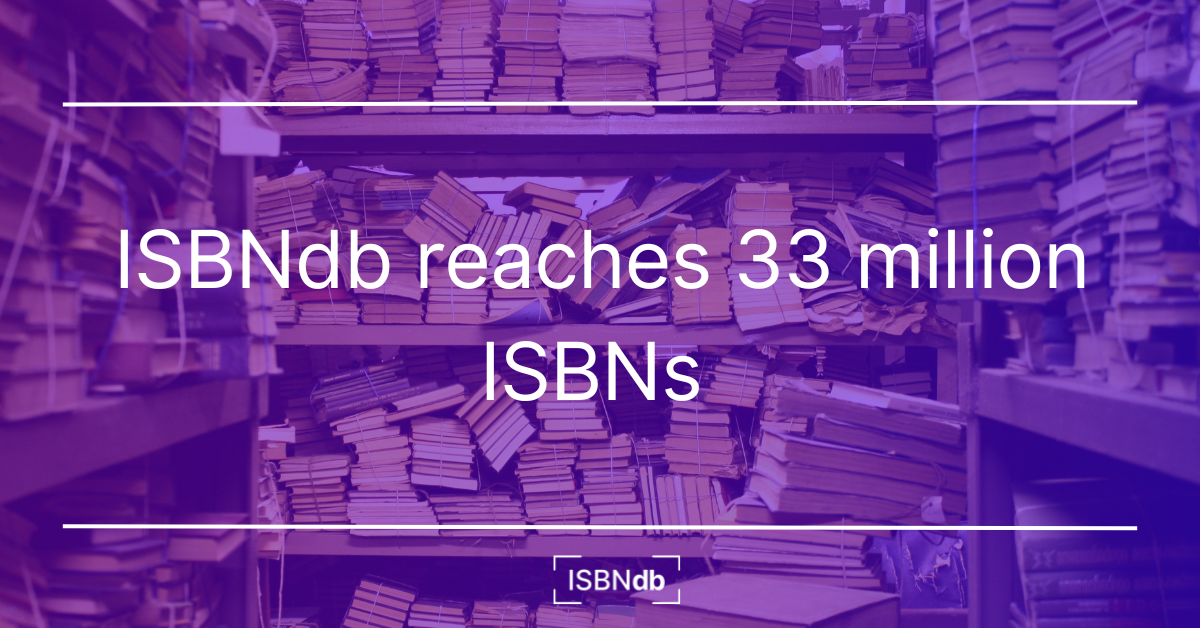
In the past, most of the wealth of our collective knowledge was hidden between the pages of a book. Some of these books, like encyclopedias, were relatively easy to get your hands on, but niche topics or rare tales could be challenging to come by.
Living in the internet age, we have more information at our fingertips than ever before. Books that were once inaccessible to the masses are now able to be identified and purchased at the touch of a few buttons.







